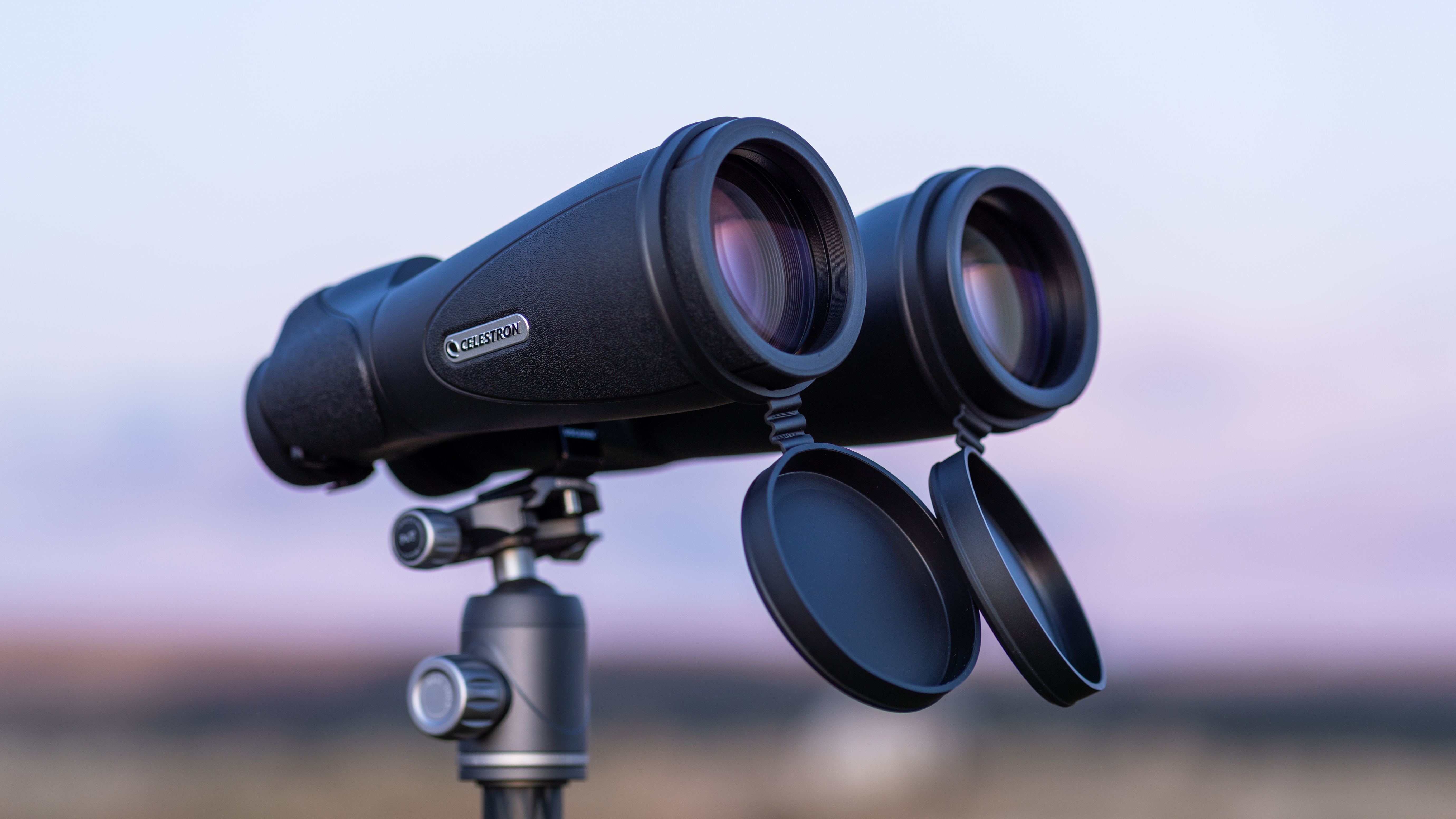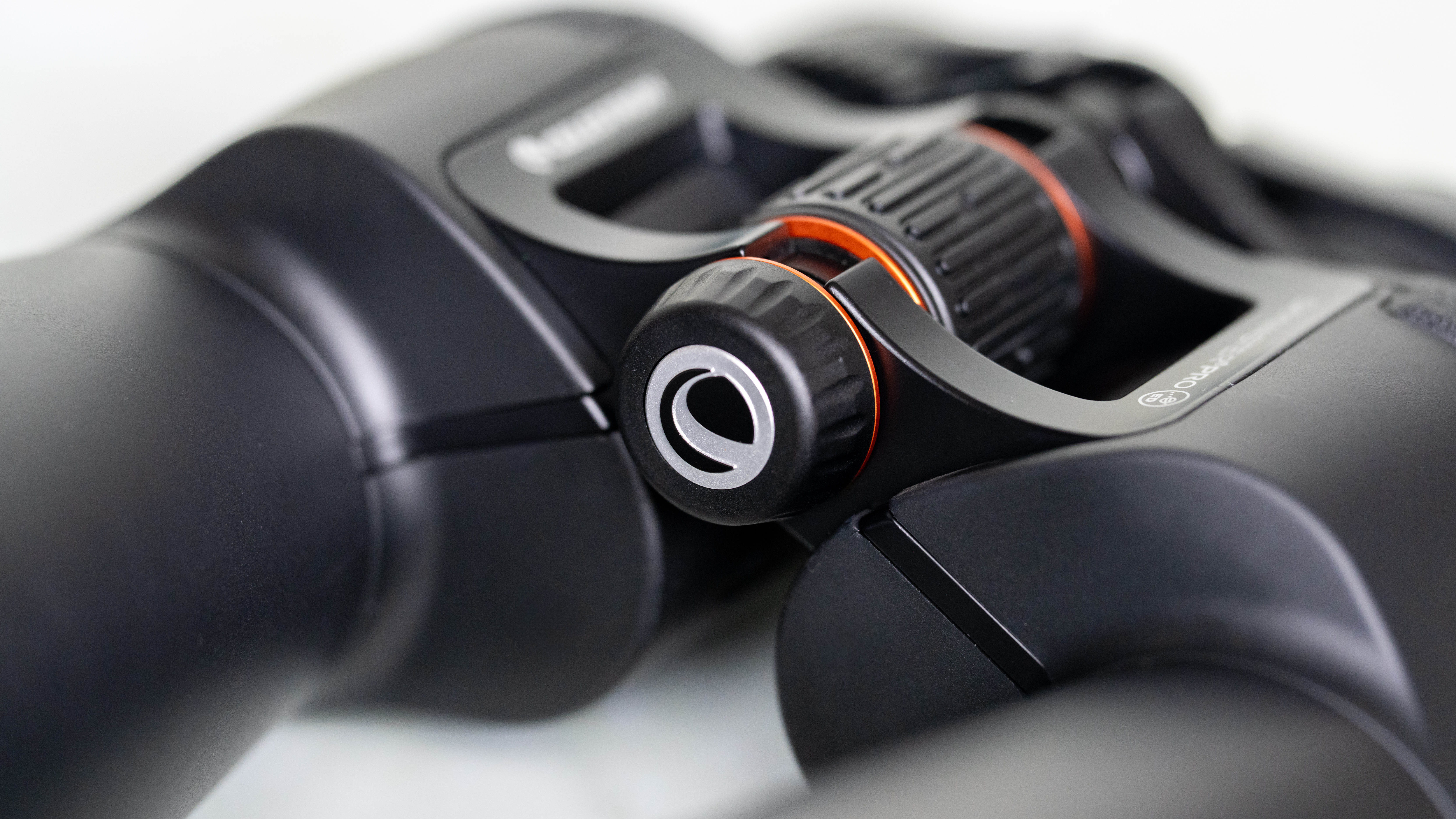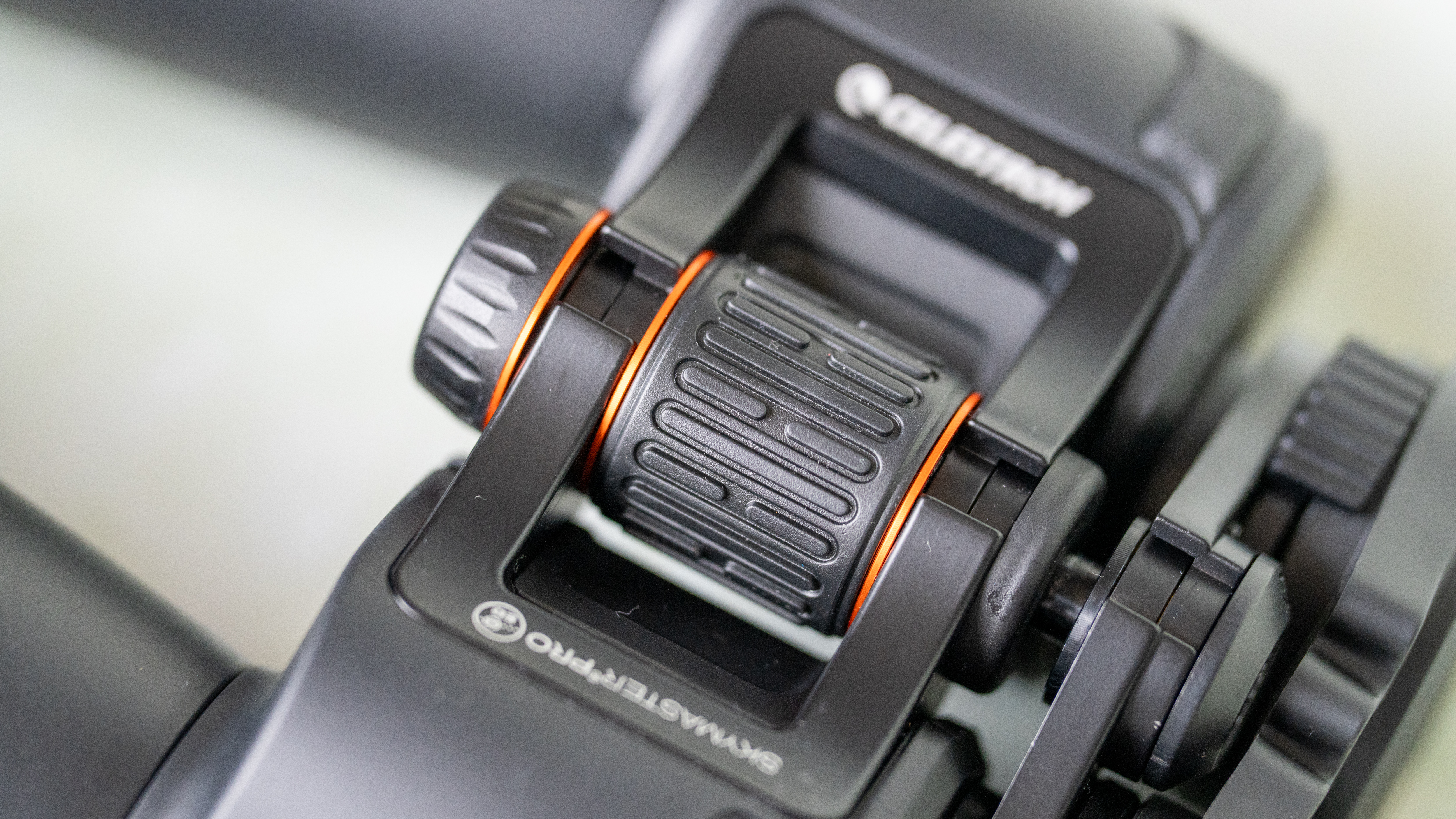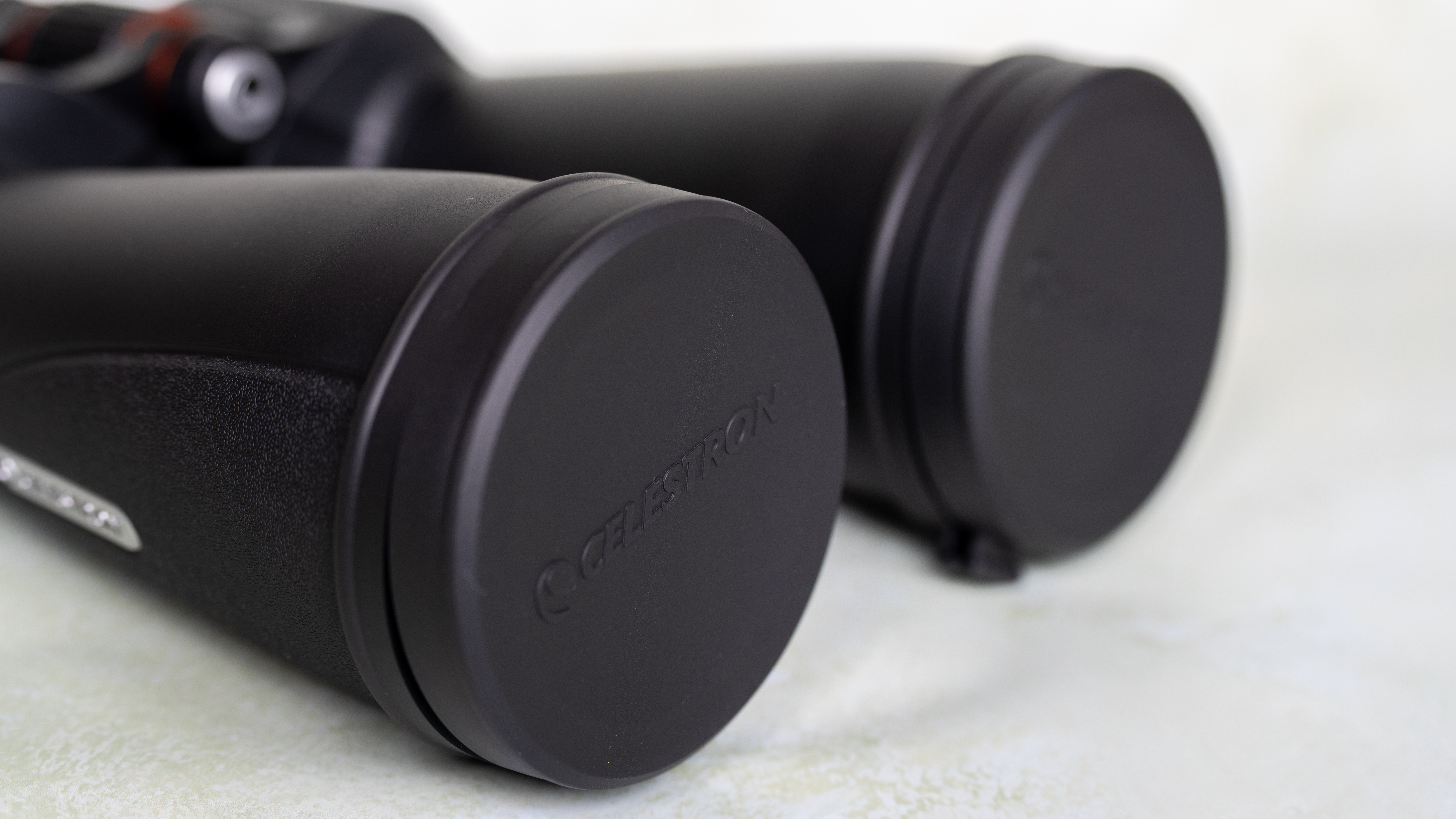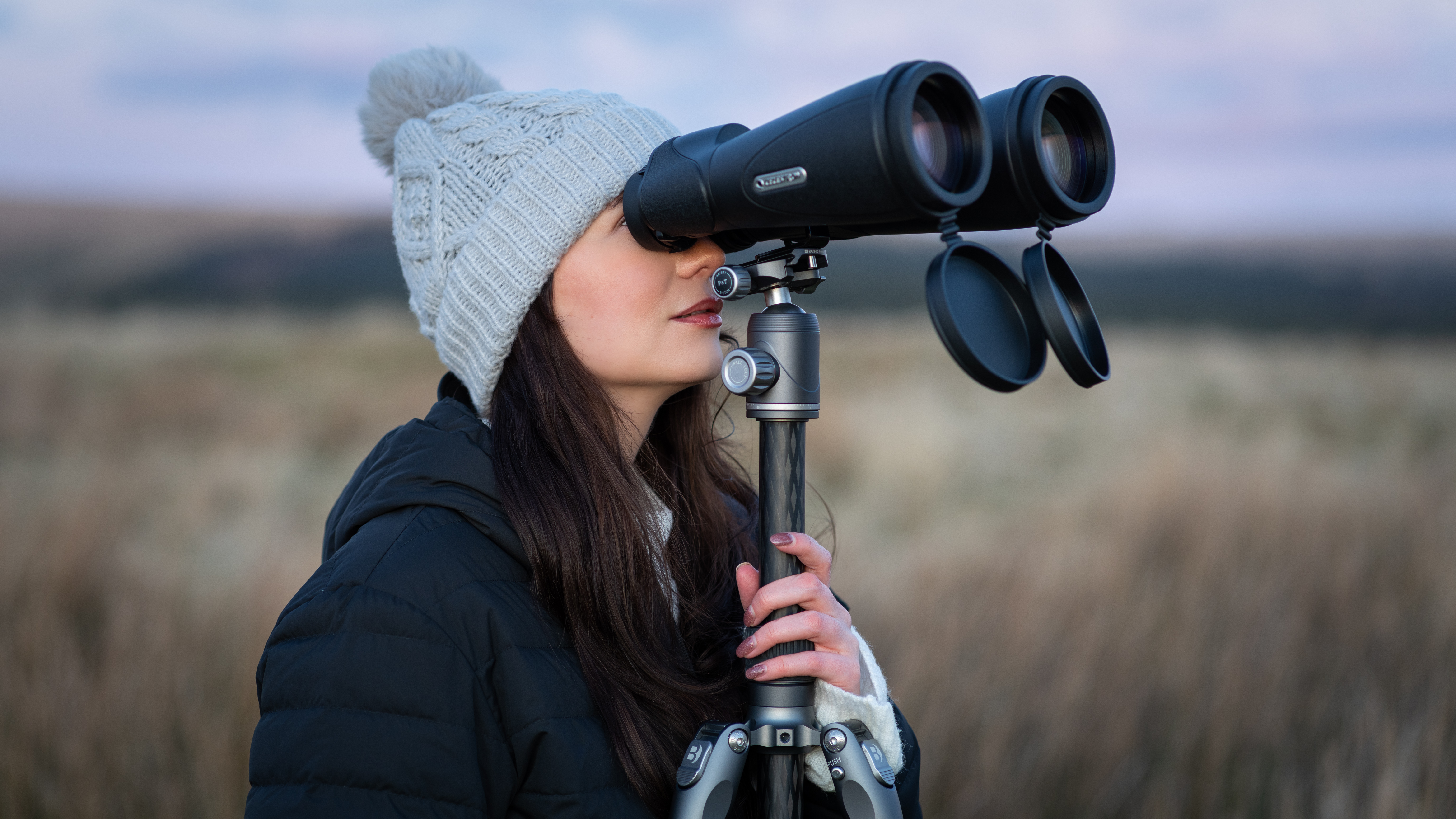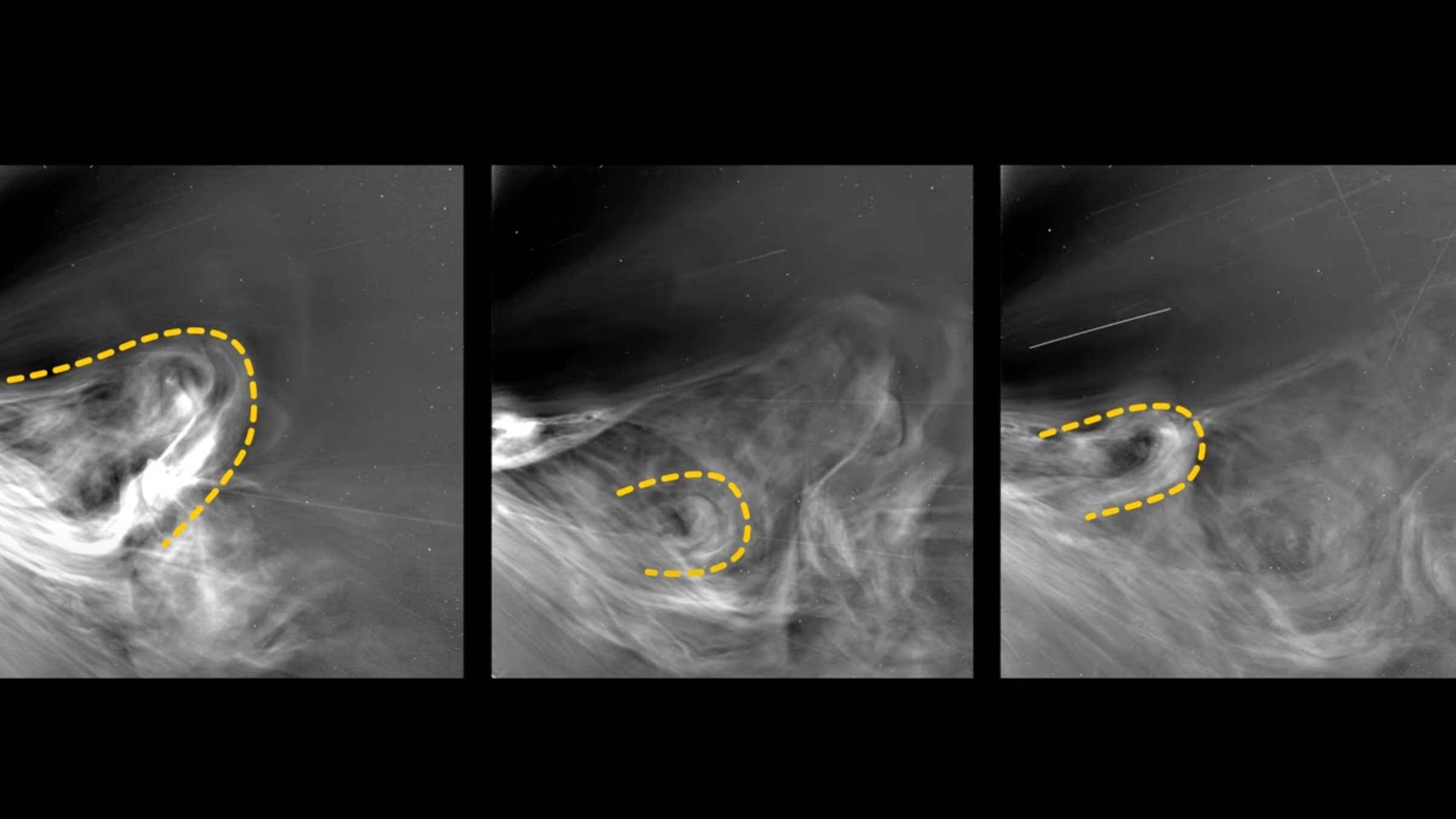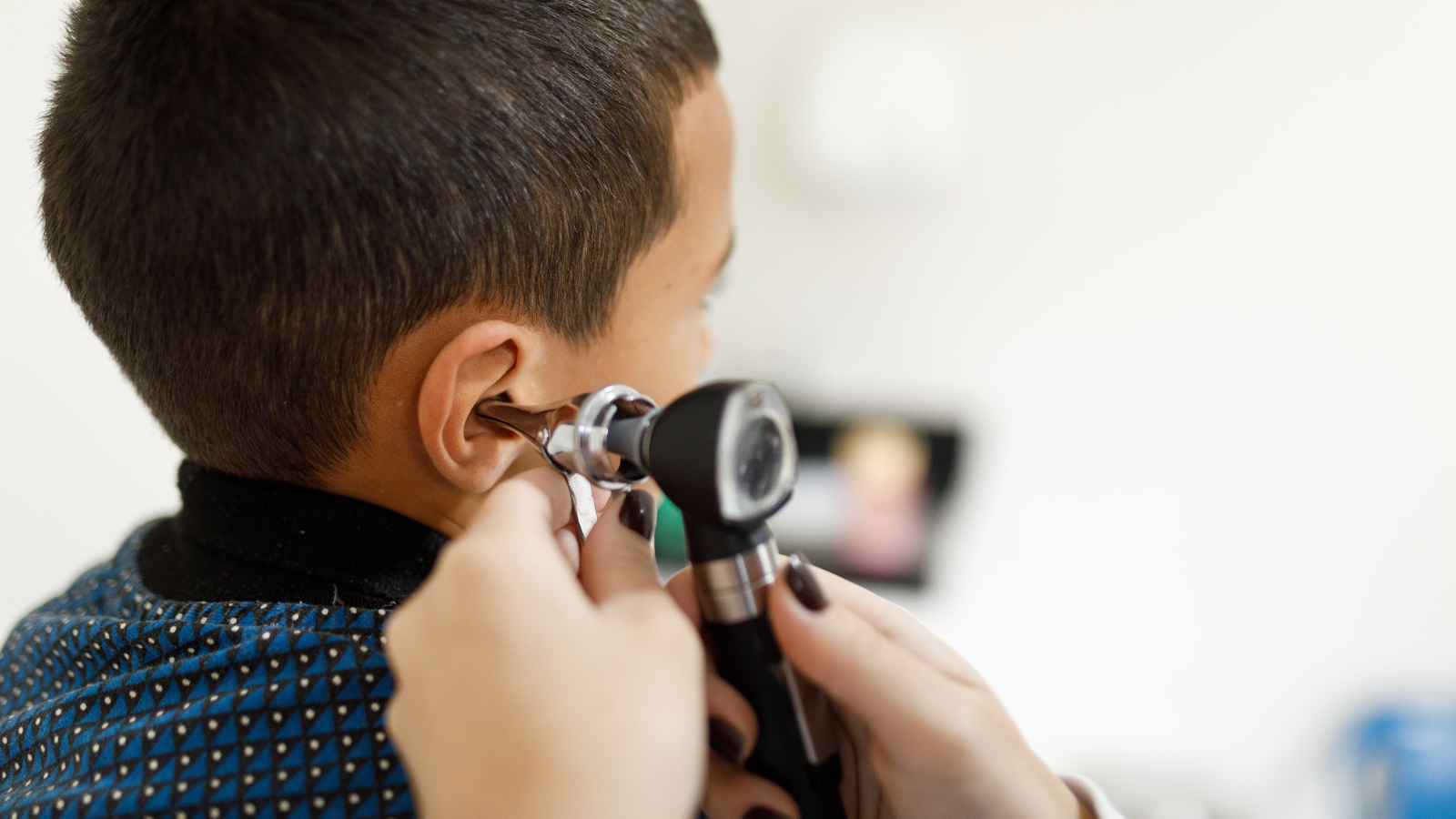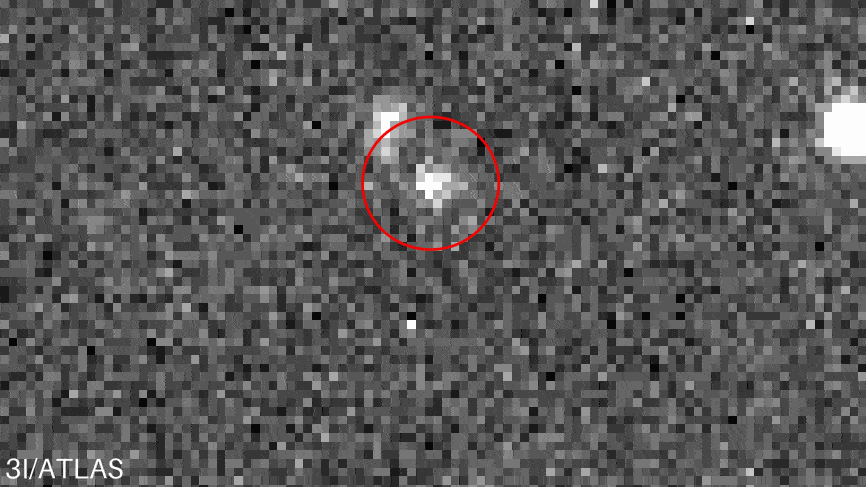Why you can trust Live Science
Our expert reviewers spend hours testing and comparing products and services so you can choose the best ones for you. Find out more about how we test.
Astronomy binoculars need to have powerful magnification and large objective lenses to let in lots of faint starlight. After loving and reviewing the standard Celestron SkyMaster 15×70 binoculars, we were excited to try out the Pro ED version and looked forward to comparing the two side-by-side in order to see whether it’s worth splashing out on the upgraded glass.
Magnification: 15x
Objective lens diameter: 70 mm
Angular Field of View: 4.4-degrees
Exit pupil: 4.4 mm
Eye relief: 15.7 mm
Close focus distance: 42.7 ft (13 m)
Weight: 4 lbs 10 oz (2,089 g)
Waterproof: Yes (IPX7)
Nitrogen filled: Yes
Dimensions (in): 10.2 x 8.7 x 3.4
Dimensions (mm): 258 x 220 x 85
Being around three times more expensive, the Celestron SkyMaster Pro ED 15×70 has fantastic optics with very little chromatic aberration and a premium, high-quality feel to both the binoculars themselves and the accessories. We were treated to stunning views of the moon, planetary parades and distant nebulas and galaxies. In this review, we’ll be putting them to the test to see if they’re worth the extra cash or whether you should save your money.
Celestron SkyMaster Pro ED 15×70 review
Design & Comfort
- Stylish and attractive
- Very heavy, even when on a tripod
- Eyecups are not pleasant
We’ll start with the good. First, they look great — you can instantly tell they’re a lot more premium than the cheaper models in the SkyMaster range.
The textured accents and Celestron and ED logos on the side of the binoculars are a nice touch. Even down to the smaller details like orange accents on the focus wheel and the eyepiece and objective covers having Celestron branding, which isn’t the case with the standard 15x70s in the range. Not to mention, the objective covers are attached to prevent them from getting lost.
We also liked the carry bag they came with — it felt much more protective than the bag supplied with the standard 15×70 binoculars, and it also includes a comfortable neck strap.
Sadly, that’s where the positives end for us. Our main complaint with these binoculars is that they really aren’t very comfortable to use, even when mounted on a tripod (which reminds us — they didn’t even come with a tripod adapter). When we first pulled them out of the box, we thought they had been glued in place, as they were incredibly stiff when we tried to adjust the central hinge.
When we finally managed to adjust the interpupillary distance, the next issue was the eyecups. In the listing, Celestron says the “durable twist-up eyecups are comfortable for everyone,“ but we actually found them to be very uncomfortable, regardless of whether the eyecups were twisted in or out.
They don’t mold to the face like soft fold-up eyecups do, so if you have a small face, your eyes are close together or are deep-set, there isn’t enough room to fit the bridge of your nose in between the eyecups. Not only does this affect their comfort, but it means we couldn’t get our eyes close enough to the glass in order to get as good a view as we’d like (even with the eyecups twisted out), and it was even harder to get a decent view while wearing glasses.
We knew these binoculars weren’t going to be lightweight, but we found them to be uncomfortably heavy even when we had them mounted on a tripod. Weighing 4.6 lbs (2.1 kg) compared to the 3.28 lbs (1.49 kg) of the standard version, it wasn’t long before our arms started to hurt while we were scanning the horizon for Saturn during February’s planetary parade, and we had to take regular breaks. If, however, you know you can comfortably manage the 4.6 lb weight, then this won’t be an issue for you.
Optics
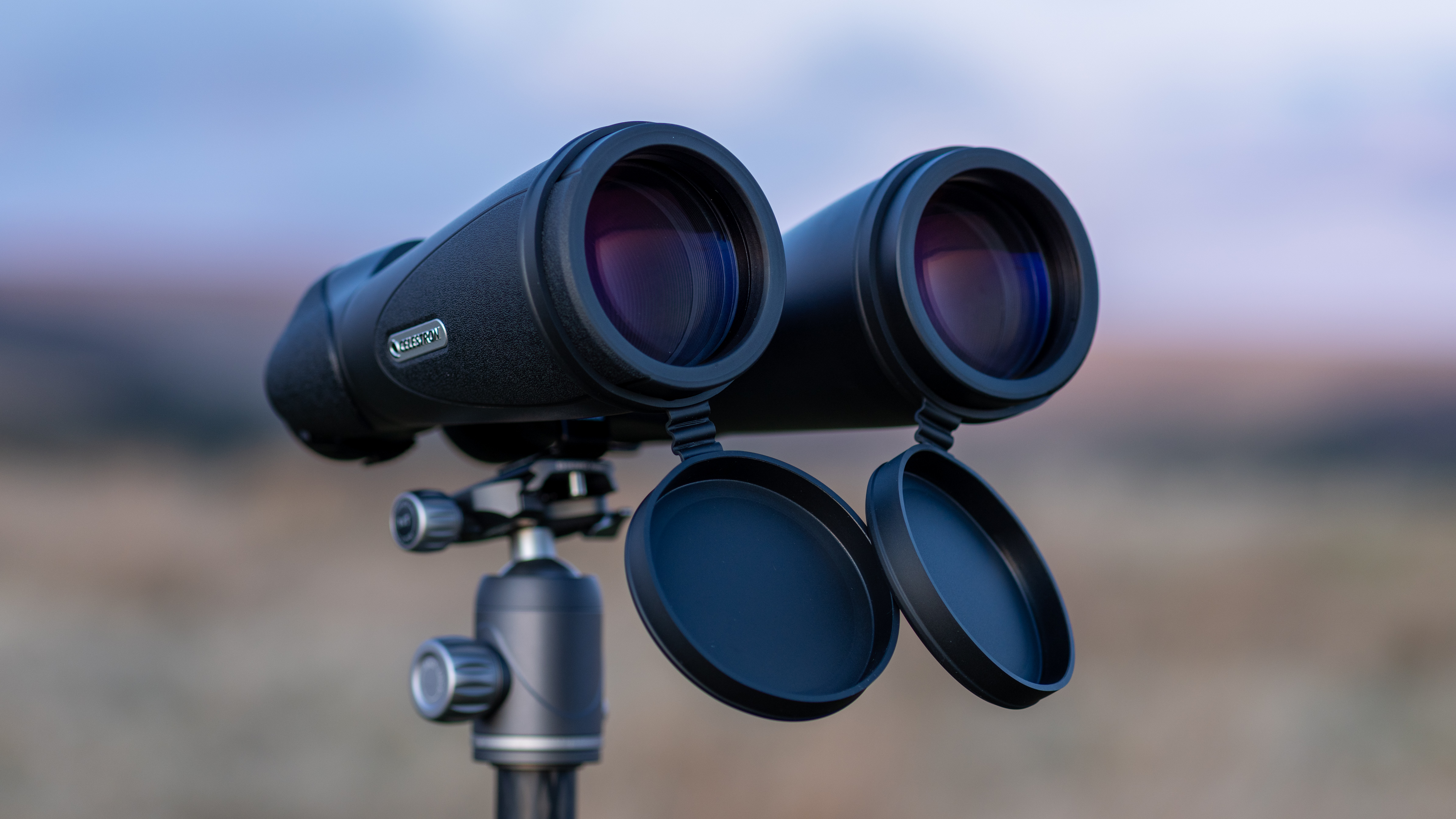
- Optics are slightly sharper and brighter than the non-Pro pair
- Still a small amount of chromatic aberration
- Sharp image in the center of the frame
The big draw of these binoculars is the Extra Dispersion (ED) glass to prevent optical defects like color fringing, which was an issue we found to be quite noticeable in the standard SkyMaster 15×70 when we reviewed them.
We compared the two pairs side-by-side so we could directly see the difference between the two, and while the optics in the Pro ED pair are undoubtedly better, they’re only slightly better. There was still a very small amount of chromatic aberration when looking at a very bright Venus and the full moon, and their image wasn’t sharp toward the edges of the frame.
While we were looking at the stars, the Pleiades and Orion looked ever so slightly sharper than in the non-Pro version, but, due to the issue with the eyecups, even though the optics are technically better in this pair, the folding eyecups of the standard pair gave us a better view.
Essentially, do you want a better view of good-but-not-without-defects optics, or a not-so-good view of slightly better optics?
What we saw
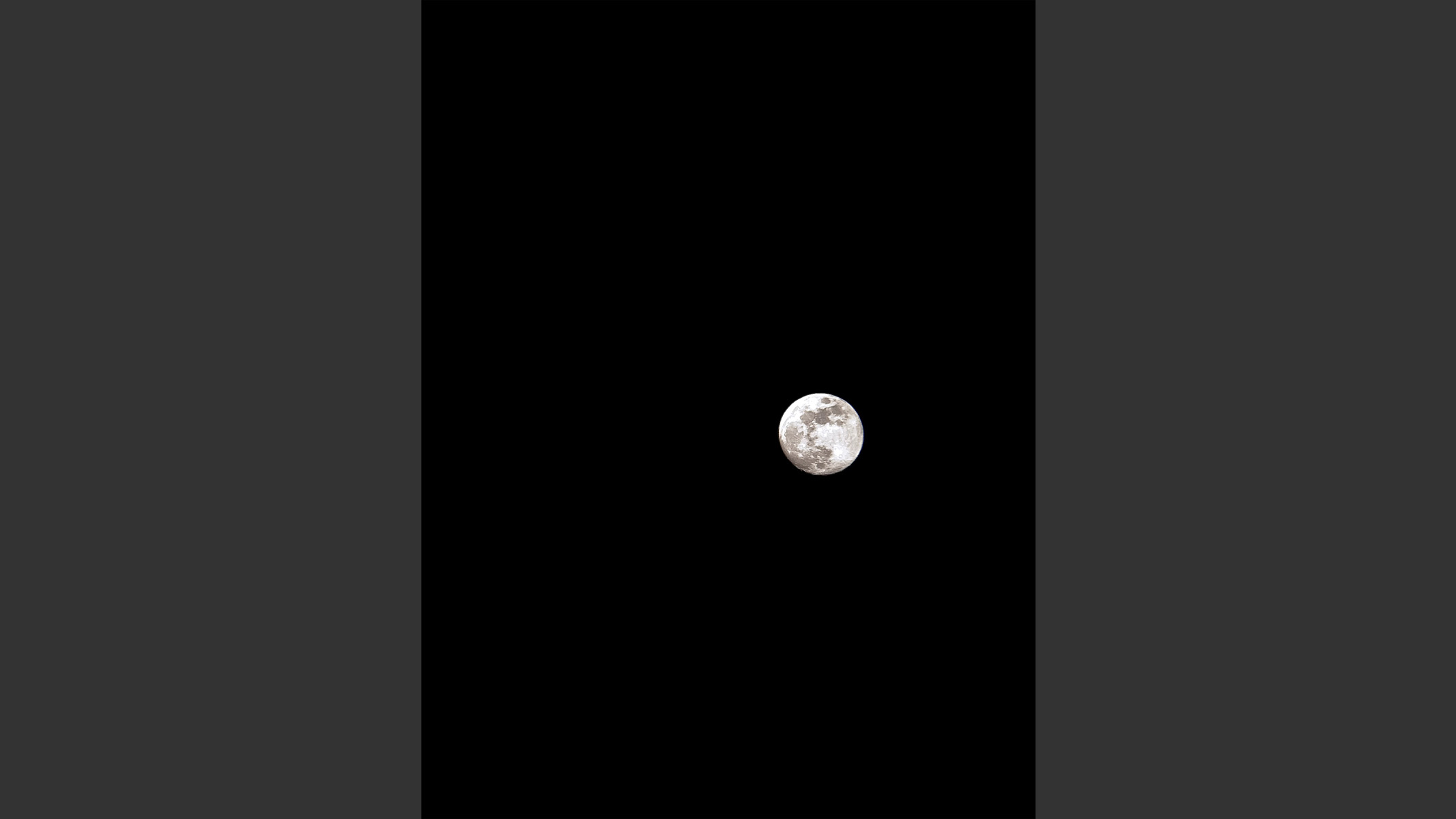
- Venus was shining proudly
- The moon was insanely bright
- All four Galilean moons of Jupiter were visible
We took the Pro ED binos to the dark skies of Bannau Brycheiniog National Park in South Wales during a new moon to observe the planetary parade in February 2025, where we could see Mars, all four of Jupiter’s moons, Uranus and Mercury.
Sadly, Saturn and Neptune were too close to the horizon to be able to spot them, but they’ll certainly be viewable through these binoculars when they’re visible in the night sky. Still, we enjoyed looking at the Pleiades, Andromeda and making our way around the Orion constellation. A couple of weeks later, we observed the full Worm Moon in all its glory, and we were blown away.
While you won’t get the same views as you would with one of the best telescopes, these binoculars are great for viewing all the usual night sky suspects.
Verdict
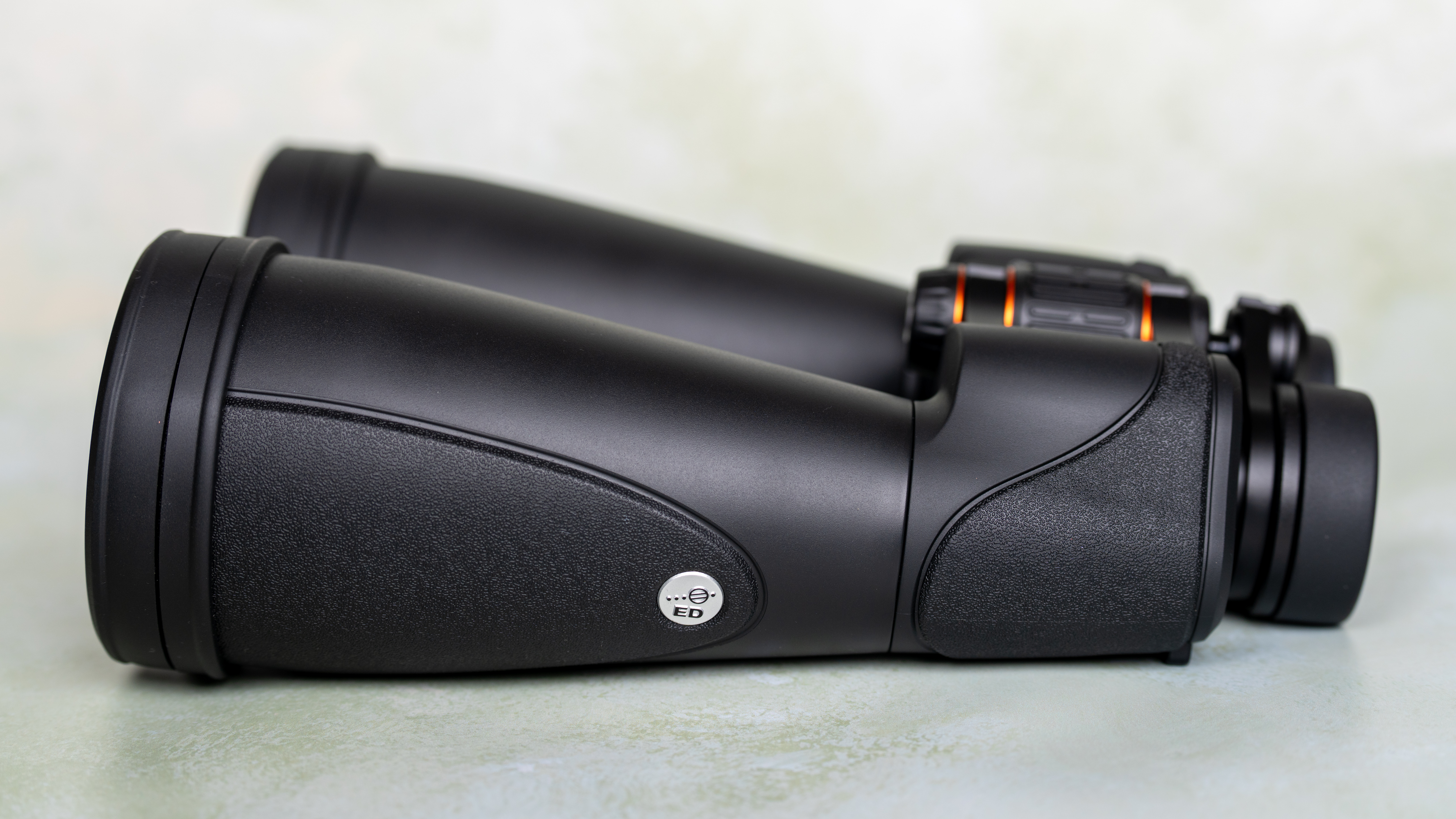
Buy it if:
✅ You want a fogproof pair: They’re nitrogen-purged to prevent fogging when moving between climates.
Don’t buy it if:
❌ You wear glasses or have a small face: The standard version has 20 mm eye relief compared to the 15.7 mm of the Pro ED pair.
❌ You want to do long stargazing sessions: We found them uncomfortable to use, even for a short time.
Although the optics are undoubtedly impressive, if your priority is comfort, we’d recommend you save your money and get the standard Celestron SkyMaster 15×70, or pay a bit more and get a telescope for more detailed views.
Throughout our time with both sets of binoculars, we found ourselves gravitating towards the non-Pro pair for their lighter weight and more comfortable user experience. Considering we bought the non-Pro version with our own money, even if the Pro ED model was the exact same price, we’d still prefer the standard variant.
Ultimately, they could have the best optics in the world, but if they aren’t fun or nice to use, then it’s going to put us off using them. We rate Celestron highly as a brand and are happy to recommend their products on the whole, but these particular binoculars didn’t do it for us.
What we liked
- Attractive, stylish design
- Tethered eyepiece covers and objective lens caps
- Sharp, bright optics
- Minimal chromatic aberration
- Good quality bag and neckstrap supplied
- Compatible with astronomical filters
What we didn’t like
- Very heavy (typical for ED glass)
- The twist-up eyecups are hard and uncomfortable
- Focus wheel and diopter were a little stiff
- Main hinge was ridiculously stiff
- Optics not that much better than the non-Pro version (given the price difference)
- Didn’t come with a tripod adapter
If the Celestron SkyMaster Pro ED 15×70 binocular isn’t for you
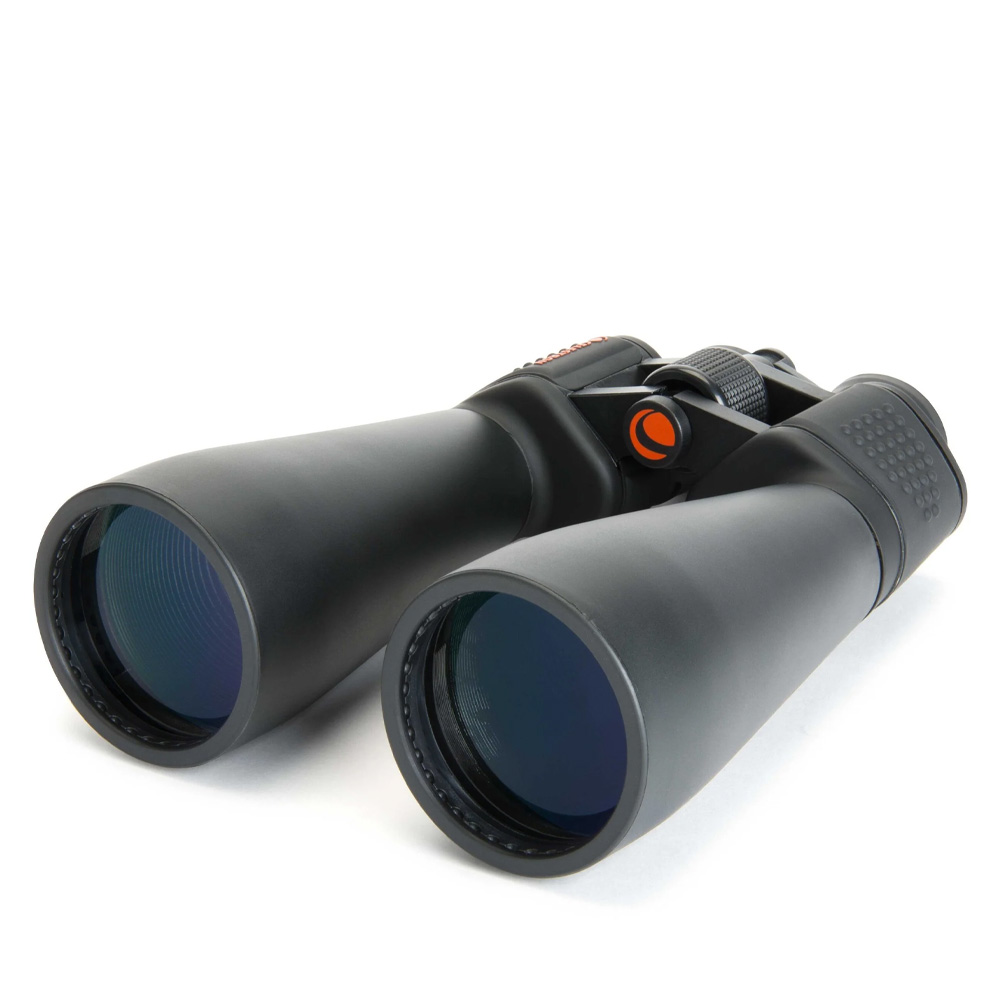
Celestron SkyMaster 15×70
Given the price difference, we’d recommend saving your money and going for the standard version of the SkyMaster 15×70. The main optical difference is a slight increase in chromatic aberration, but we found their comfort level much better.
Read our full Celestron SkyMaster 15×70 review
How we tested the Celestron SkyMaster Pro ED 15×70
Having bought the standard SkyMaster 15x70s ourselves last year, we were able to directly compare the Celestron SkyMaster Pro ED 15×70 binoculars with our own non-ED pair to observe the differences between the two. We evaluated their optical performance, judging how sharp the image was across the whole frame, the brightness of the image, whether we could see anything with the Pro ED pair that we couldn’t with the standard version, and their overall feel and comfort levels.
We used them for multiple stargazing sessions under different light pollution levels and moon phases to get a thorough picture of their performance. We took them to the Bannau Brycheiniog National Park in Wales and used them in our back garden close to a city, under both a new moon and a bright full moon. We observed a variety of celestial subjects both near and far, to see what objects we could view with them, noting how easy they were to use compared to the standard variant, to consider whether the extra cost was justifiable.





